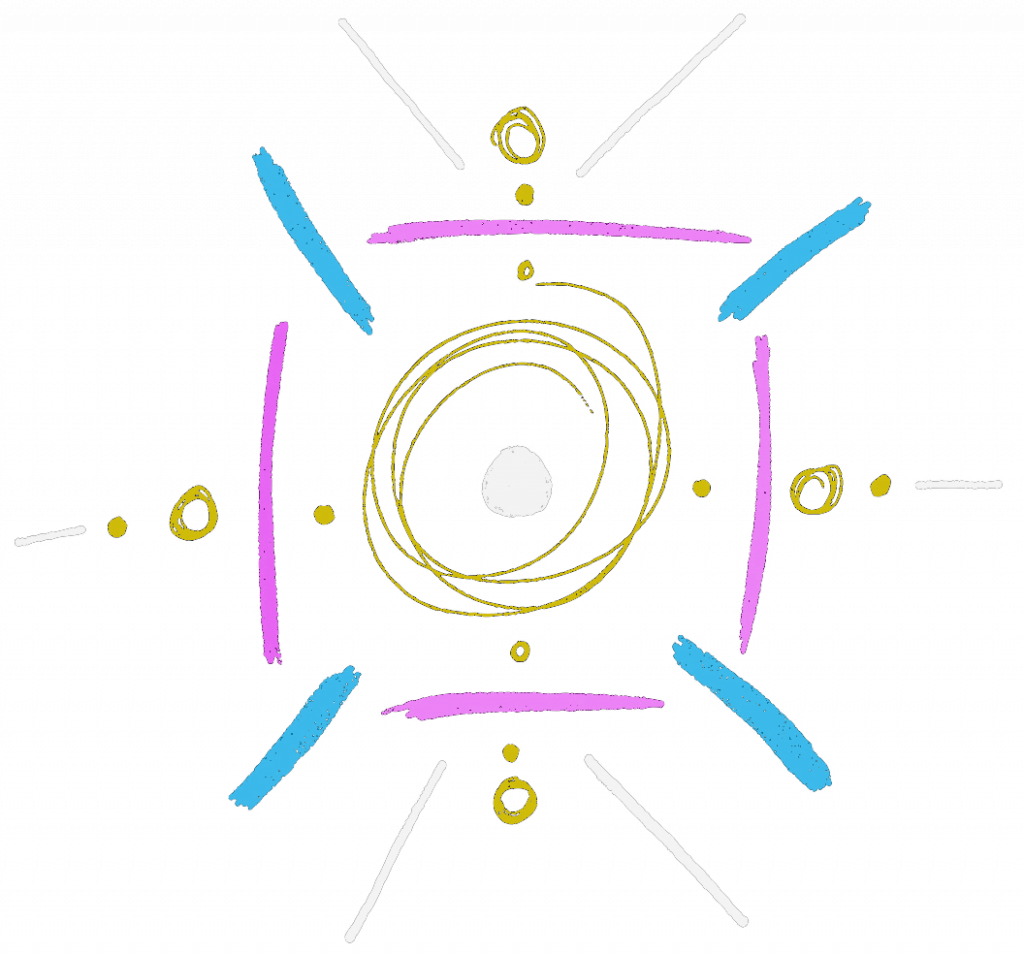
Before the arrival of the first European colonizers, the Indigenous Taino people lived as one with nature on the island of Ayti-Kiskeya – the island we now call Haiti and Dominican Republic. Colonization of the ‘New World’ put an end to the peaceful coexistence between humanity and Mother Earth, and marked the beginning of an age of colonialism, oppression, and environmental degradation all over the Americas. The massacre, forced removal, and enslavement of Indigenous people around the world would catalyze humanity’s distancing from nature, eventually resulting in a complete disconnect that is currently at the root of the rapid destruction of our planet. This disconnect has only been exacerbated by the rise and expansion of urbanization across the globe, as more and more of the world’s population moves into cities and away from rural areas.

As the global population continues to urbanize, it becomes more critical to assess how societal biases – influenced by systems of oppression and embedded within our cities – interact with ecological processes to shape urban nature. Historically, the implementation of racist practices such as segregation and redlining have perpetuated cycles of economic disinvestment in low-income, Communities of Color. The legacies of such practices contribute to the disproportionate load of environmental disamenities in these communities today, including increased prevalence of preventable diseases, lack of vegetation and green space availability, and greater pollution load. In order to protect the Earth’s wonder and ensure our planet’s survival, we must mend the disconnect between humanity and nature. Where better to begin this endeavor than in the places where this disconnect can be most heavily felt and tangibly experienced – disadvantaged urban communities.
I aim to use my knowledge and expertise to support in healing the connection between people and Mother Earth by: encouraging urban residents to notice and take an interest in the natural wonder around them; empowering oppressed communities by adopting a community-based participatory research approach and providing an opportunity for them to be as involved with this work as they like; and serving as a voice for the community by conveying their ideas and desires for the development of land in their neighborhoods to municipal officials. In shedding light on how humans and nature jointly shape the urban environment, I hope to shift the place-based biases that have limited ecological inquiry of green spaces in cities.
Skill Set:
- Bird ID and Surveying
- Plant ID and Surveying
- Soil Surveying
- Remote Sensing
- GIS (map generation and spatial analysis)
- DNA Extraction and Quantification
- PCR and Gel Electrophoresis
- Data Analysis (using ‘R’ programming)
Publications
- Vasquez AV and Wood EM. 2022. Urban parks are a refuge for birds in park-poor areas of cities. Front. Ecol. Evol. 10:958572. doi: 10.3389/fevo.2022.958572


